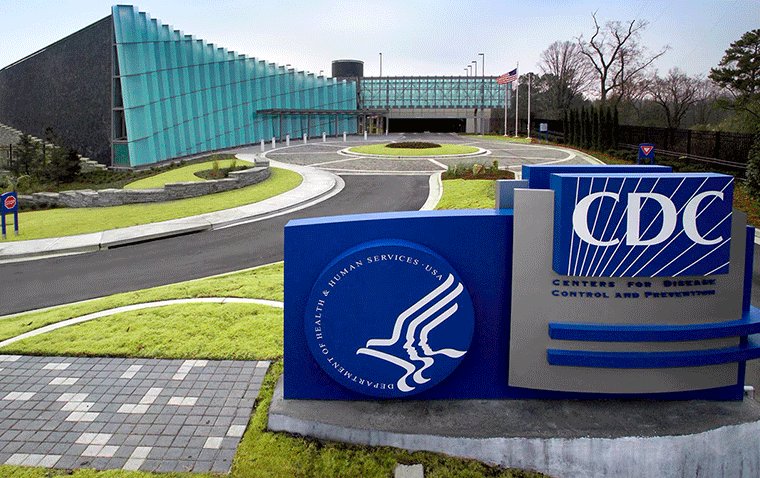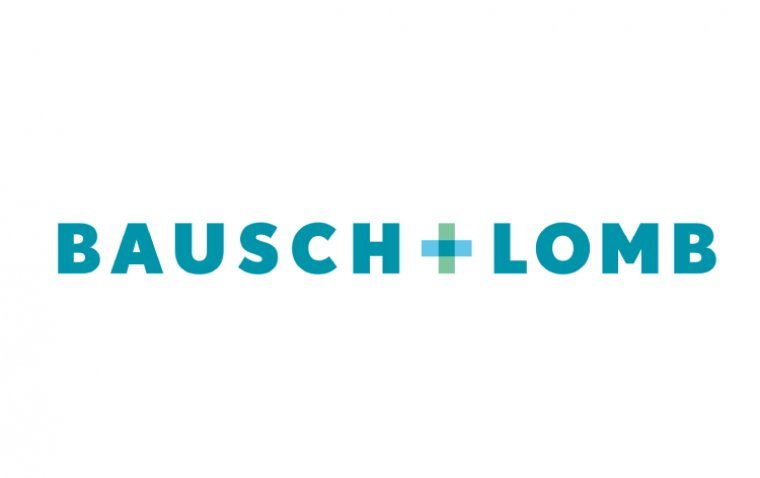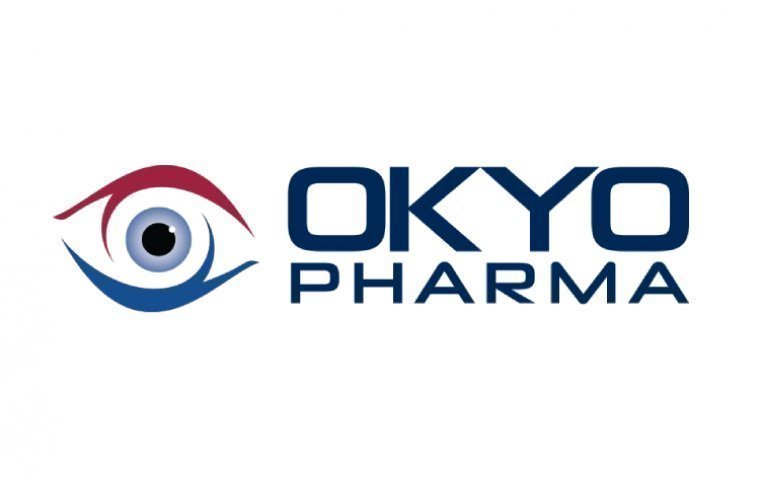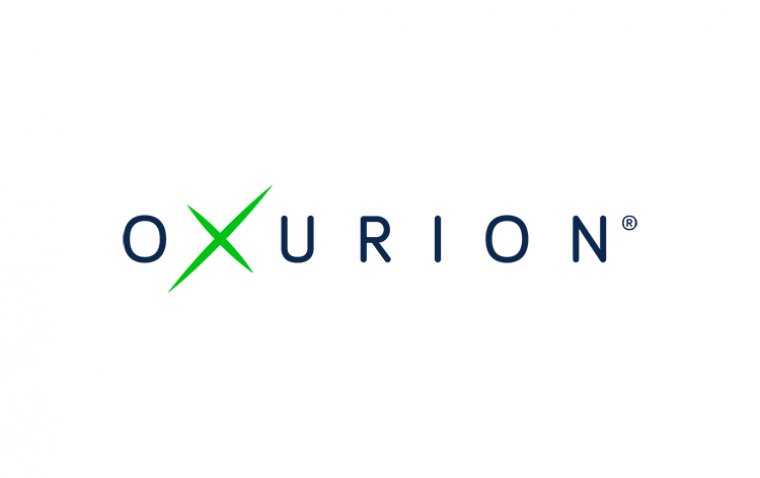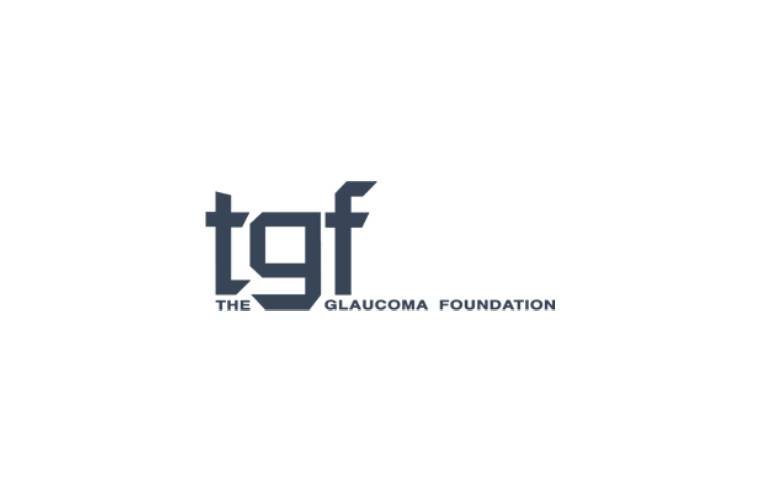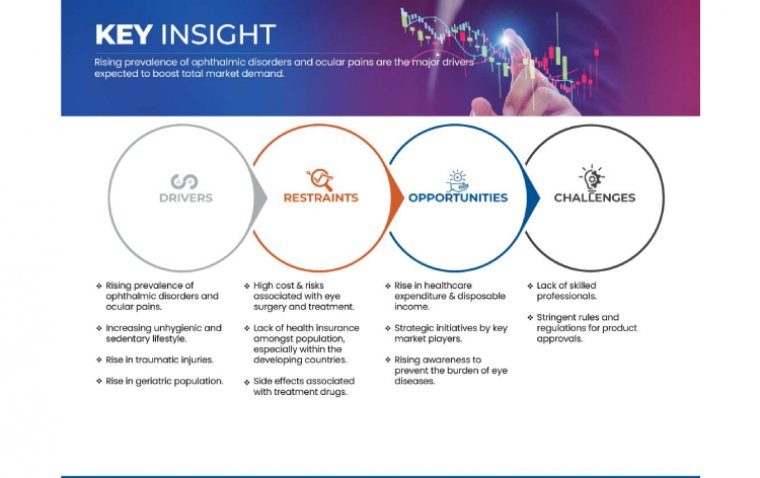
Global Ophthalmology Market Expected to Surpass $84 Billion by 2030
According to a recent report from Data Bridge Market Research, the global ophthalmology market is predicted to experience growth during the forecast period of 2023 to 2030. The market is expected to expand at a compound annual growth rate (CAGR) of 6.4% during this time, and is projected to reach a value of USD 84,655.95 million by 2030. This represents a significant increase from the market's value of USD 51,459.32 million in 2022.
Key Drivers
1) Rising prevalence of ophthalmic disorders & ocular pains
The increasing prevalance of ocular pain is considered a major driver for the global ophthalmology market. This is due to the growth of chemical industries and pollution around the world, which have resulted in a rise in chemical and flash burns causing significant and severe ocular pain. In addition, conditions such as style and blepharitis can also lead to severe ocular pain by causing sensitivity in the eye and oil glands in the surrounding area.
2) Rise in traumatic injuries
The second driver of the ophthalmology market will be traumatic head injuries, which are physical injuries of sudden and severe nature caused by various external factors such as road accidents, sports injuries, and violence, which are a common cause of optic nerve disorders. This prevalence of traumatic injuries is significant worldwide and can result in serious eye disorders. As the population increases, the incidence of optic nerve disorders due to traumatic injuries is also increasing. This trend is expected to drive market growth in the future.
Opportunities
1) Rise in healthcare expenditure and disposable income
The increase in healthcare expenditure and growth rate is influenced by various economic and social factors, such as the financing arrangements and organization structure of the healthcare system.
Globally, healthcare expenditure has been rising due to the increase in disposable income among people in various countries. Additionally, to meet the needs of the growing population, government bodies and healthcare organizations are taking initiatives to increase healthcare expenditure.
The rise in healthcare expenditure not only promotes further economic growth but also helps the healthcare sector grow. It is especially valuable as it can significantly contribute to the development of more advanced medical products in the market. Therefore, the upsurge in healthcare expenditure presents a substantial opportunity for the ophthalmic market.
2) Rising awareness to prevent the burden of eye diseases
Various organizations, including the World Health Organization (WHO) and its Member States, UN agencies, Non-Governmental Organizations (NGOs), and the private sector, have made significant advancements in the prevention of visual impairment to combat visible diseases.
As a result, the second Thursday of October is celebrated as World Sight Day (WSD) every year to raise global awareness about blindness and vision impairment. These efforts to decrease the burden of eye diseases are expected to create growth opportunities for the global ophthalmology market in the forecast period.
Restraints/Challenges
1) High cost & risks associated with eye surgery & treatment
The increasing prevalence of optic nerve disorders has led to a rise in demand for sophisticated treatments. However, the cost of these treatments is high and can hinder market growth in the coming years. Treatment options for optic neuritis disorder include medications like corticosteroids, immunoglobulin, vitamin B12 shots, and various surgeries.
Although these treatments have risks, the high cost is a major barrier for some patients in accessing them. As a result, the high cost of treatment for ophthalmic disorders is expected to limit market growth.
2) Lack of skilled professionals
The number of ophthalmologists in both emerging and industrialized countries is insufficient, especially for the growing population of elderly patients aged 60 years or older who require increased ophthalmologic care. While projections are slightly higher for developing countries, the pace of growth in the number of ophthalmologists is not keeping up with the demand. Demographic changes are outpacing professional development in most countries, which highlights the need to train eye care teams to meet the demand.
The increased cases of diabetes worldwide have also led to an increased need for ophthalmologists since diabetic patients require annual eye inspections. The growing geriatric population is also driving up demand for eye care services as eye care is an integral part of healthcare. Access to care gaps can be addressed by combining factors such as more efficient practice structures, processes, and appropriate use of technology.
(1).jpg)

